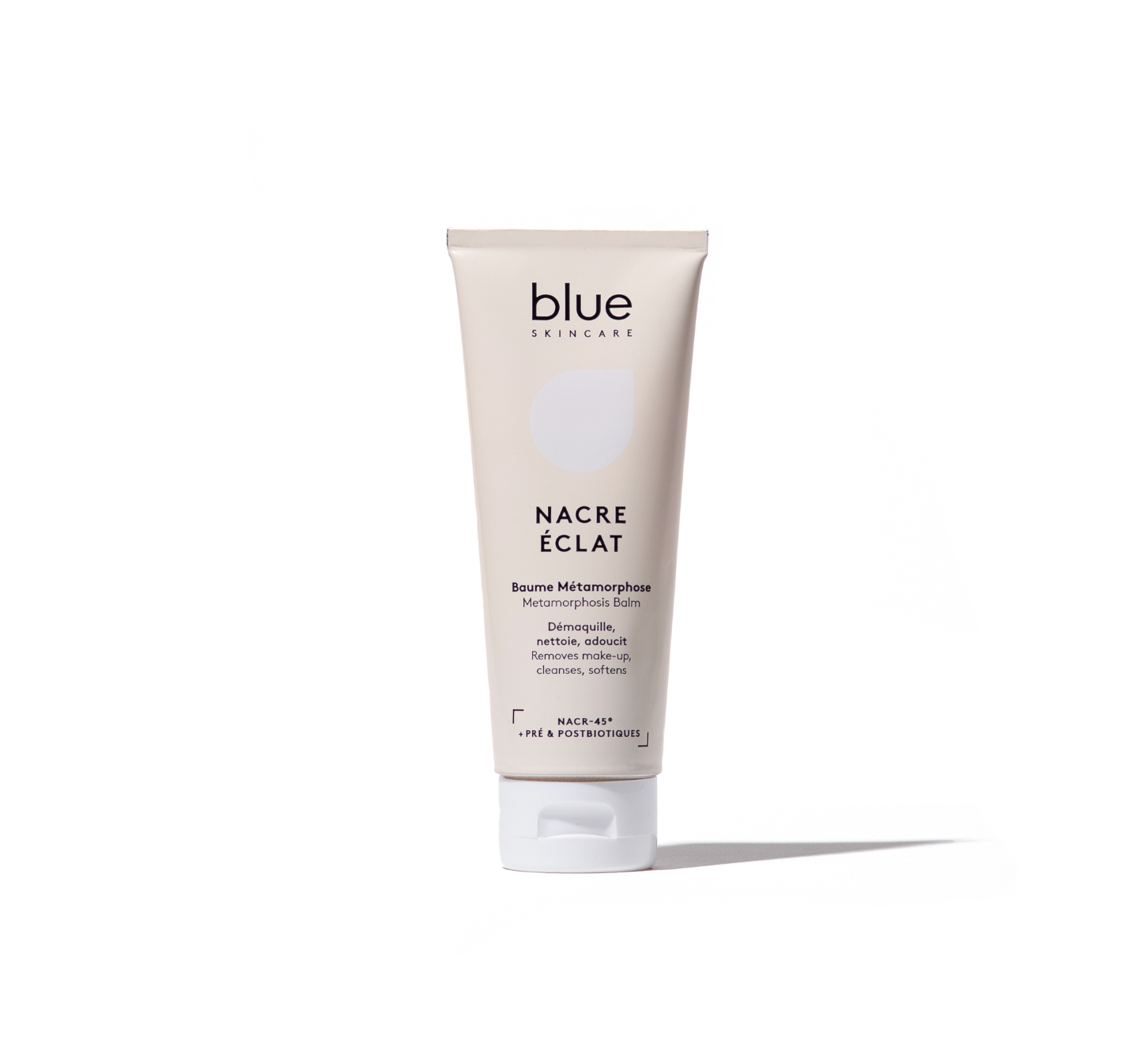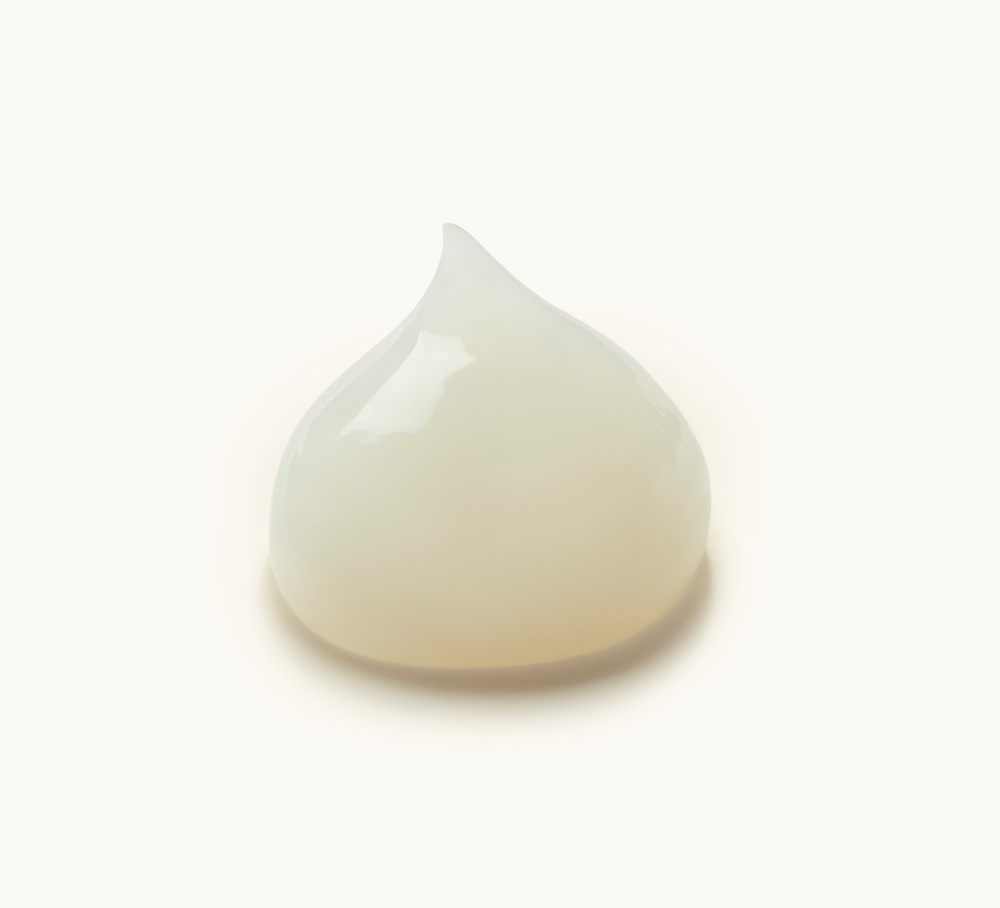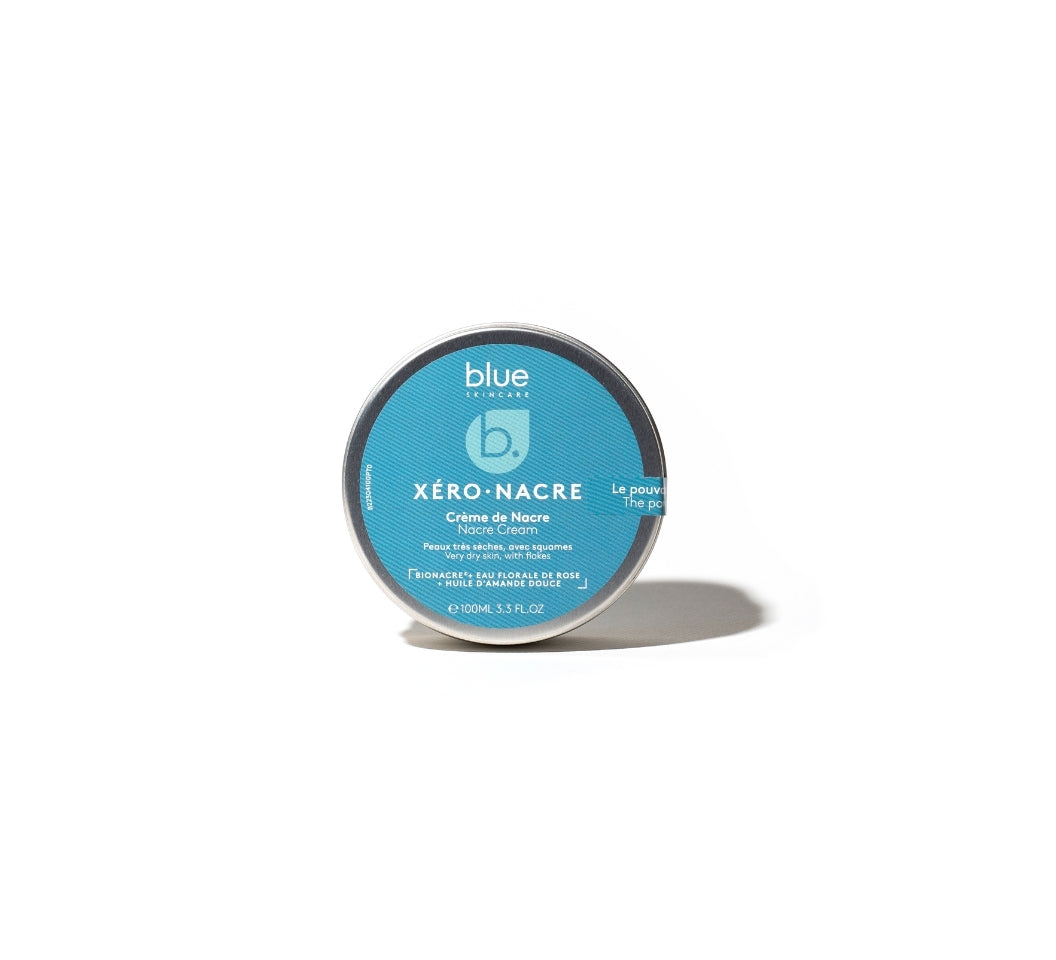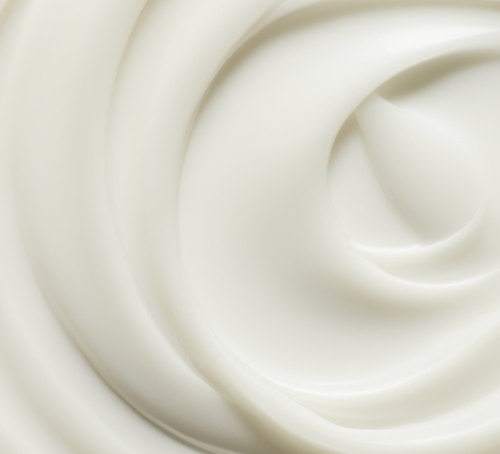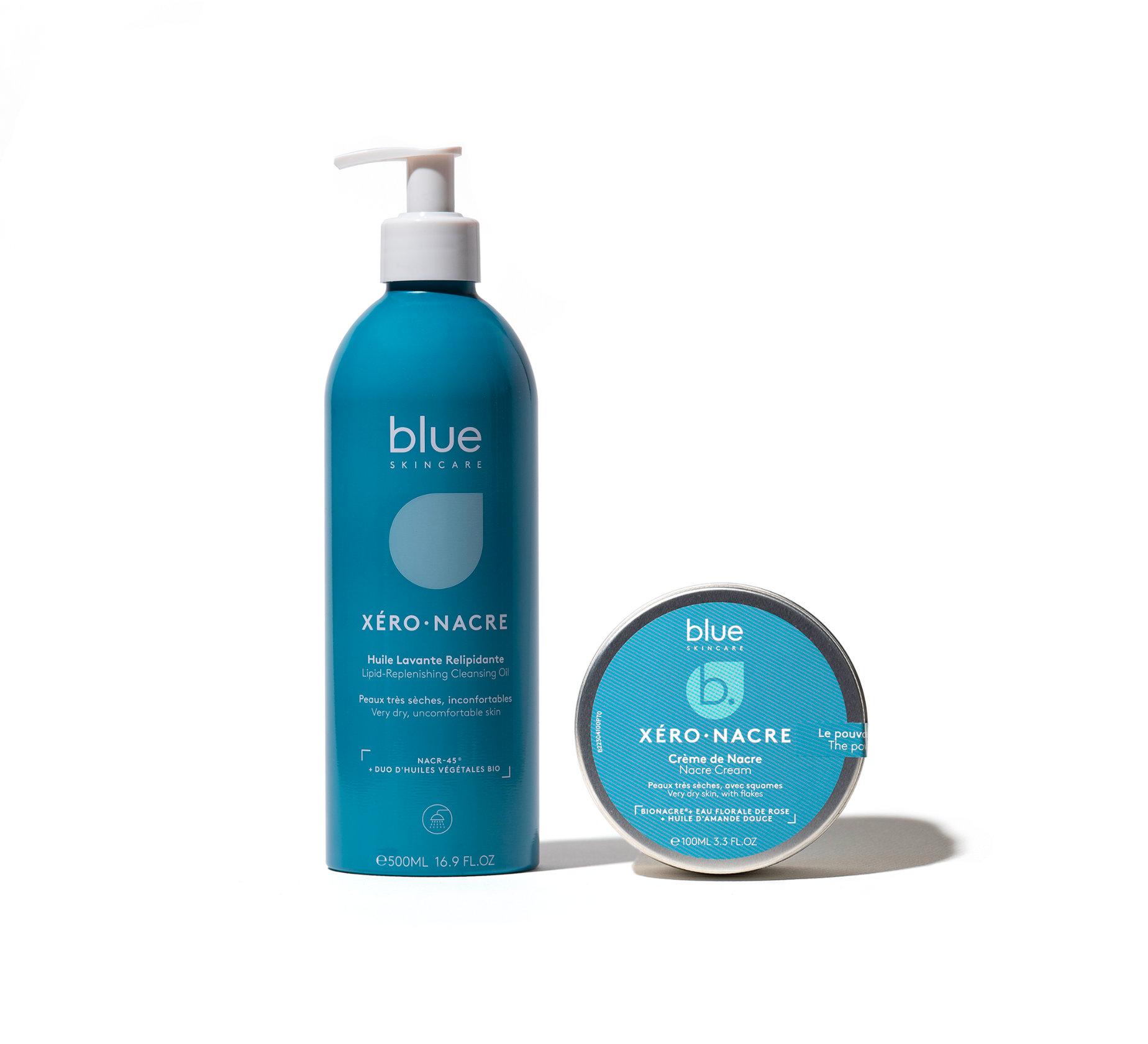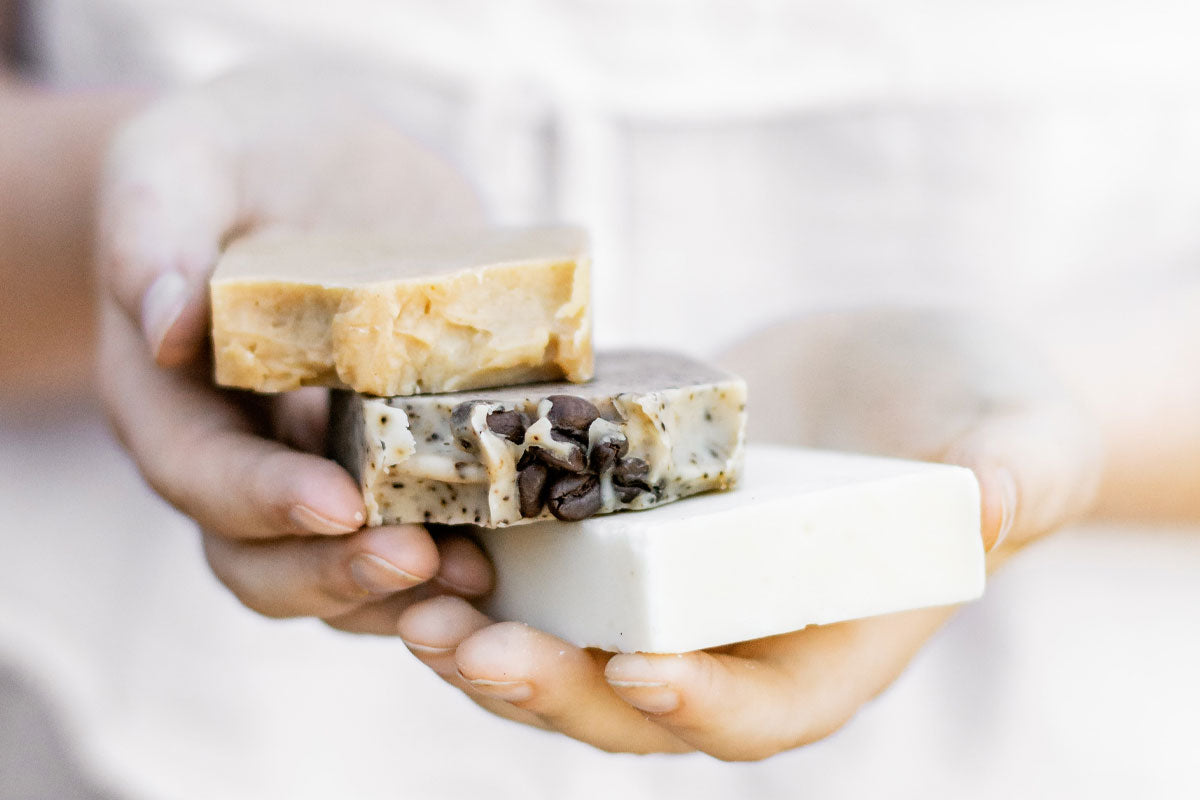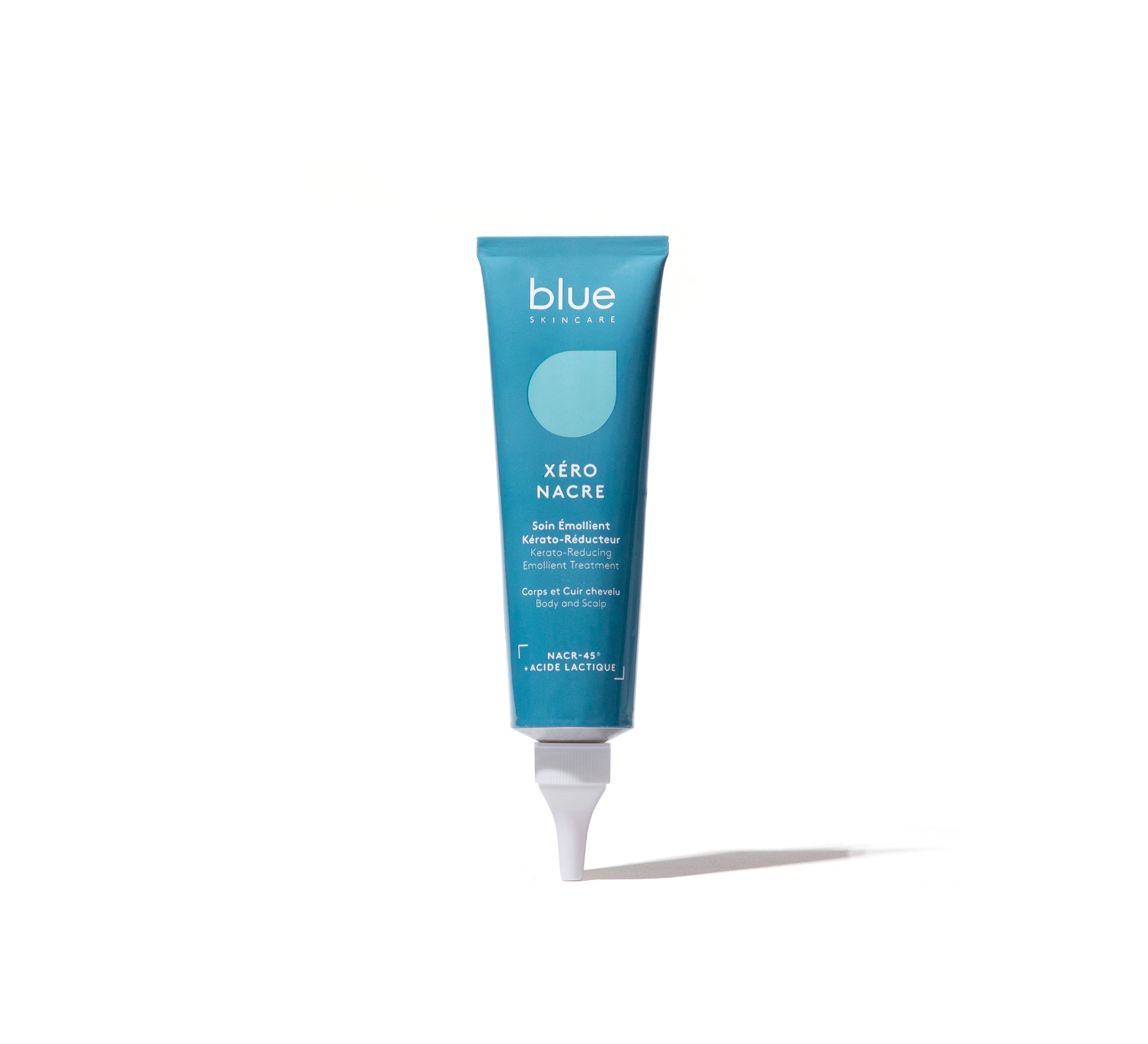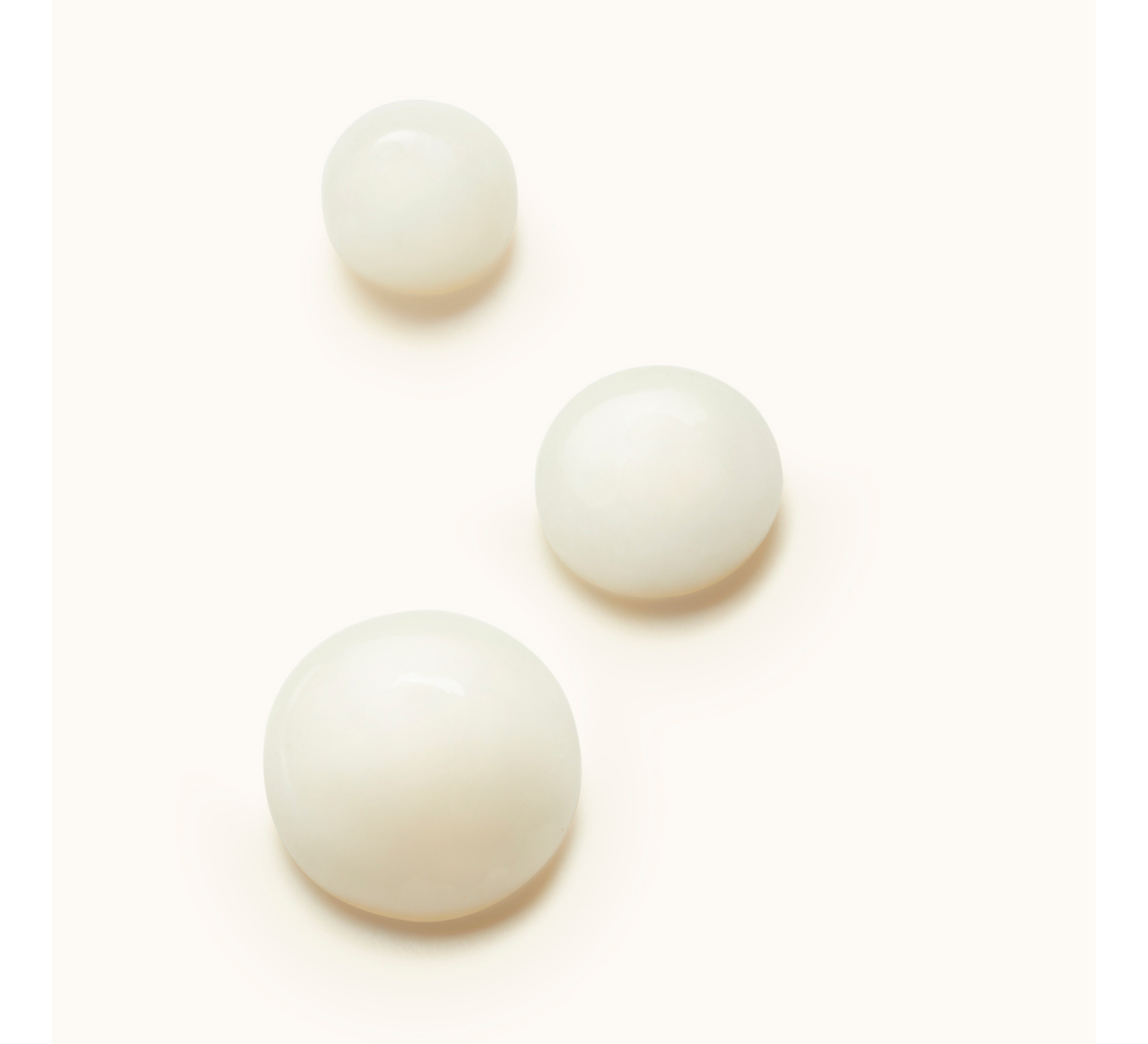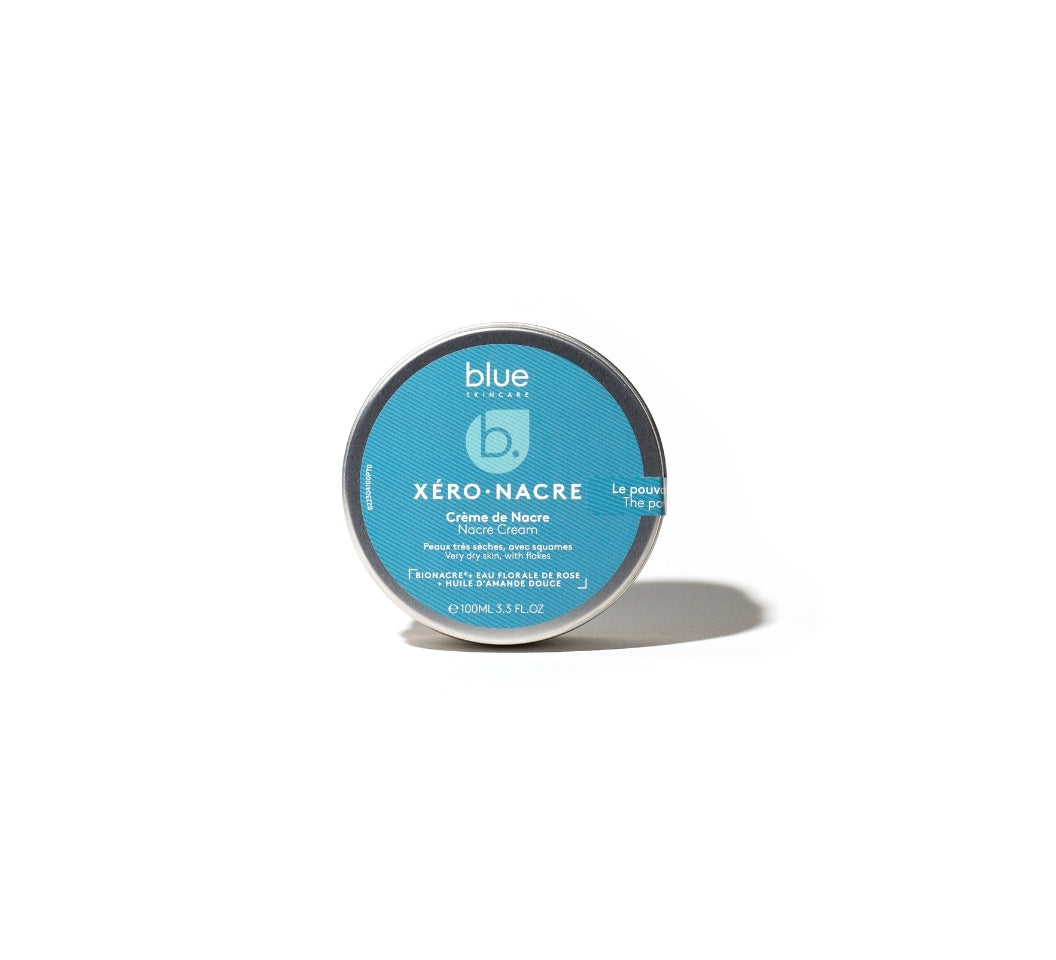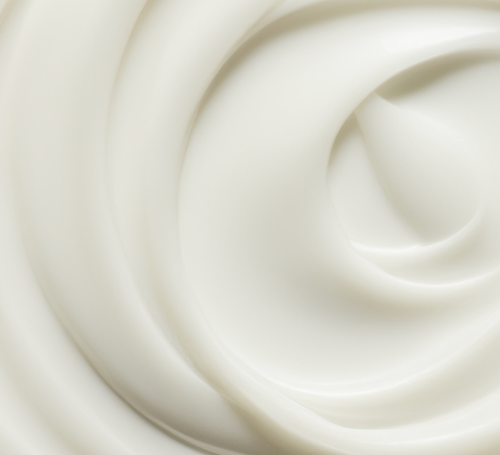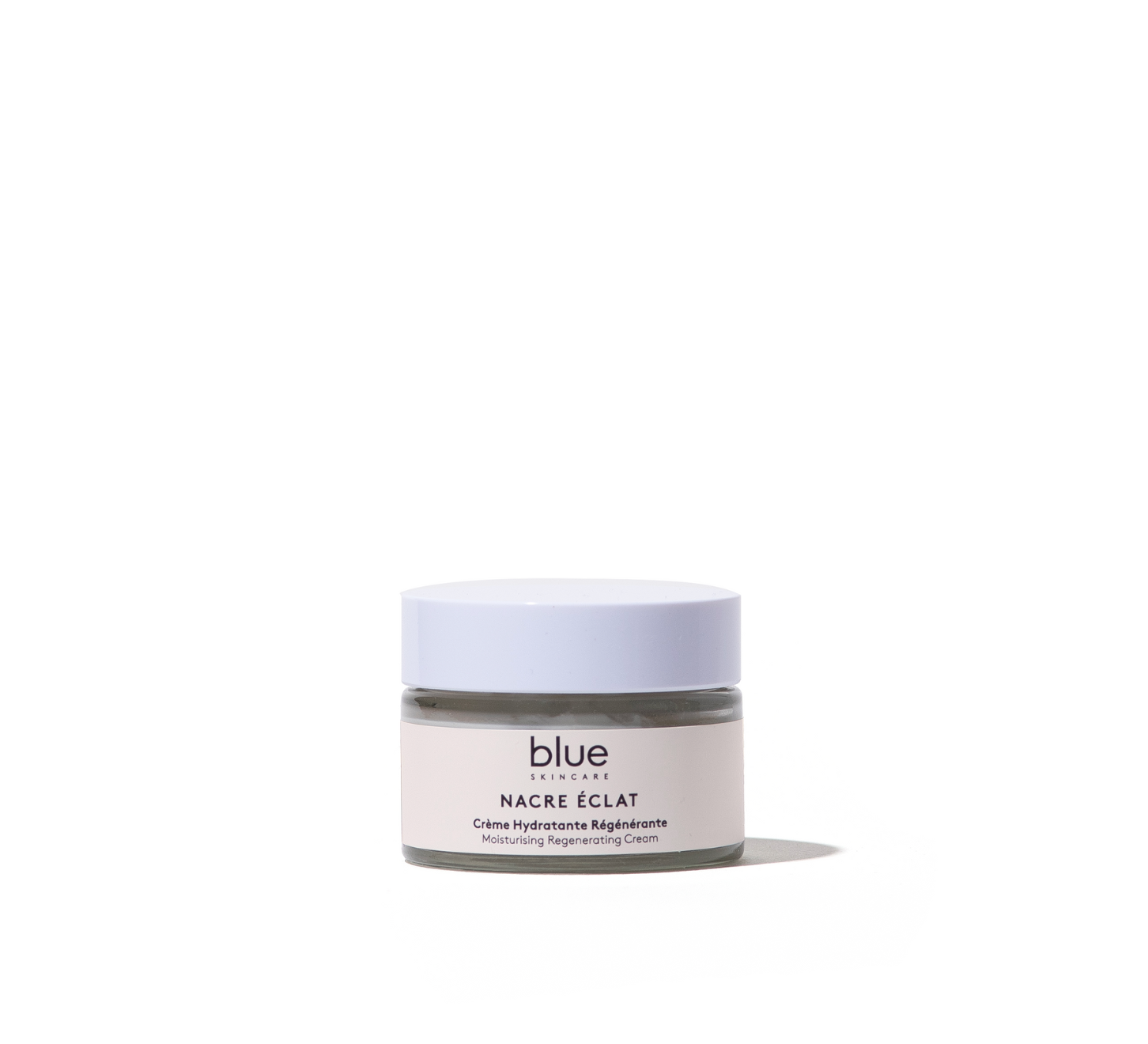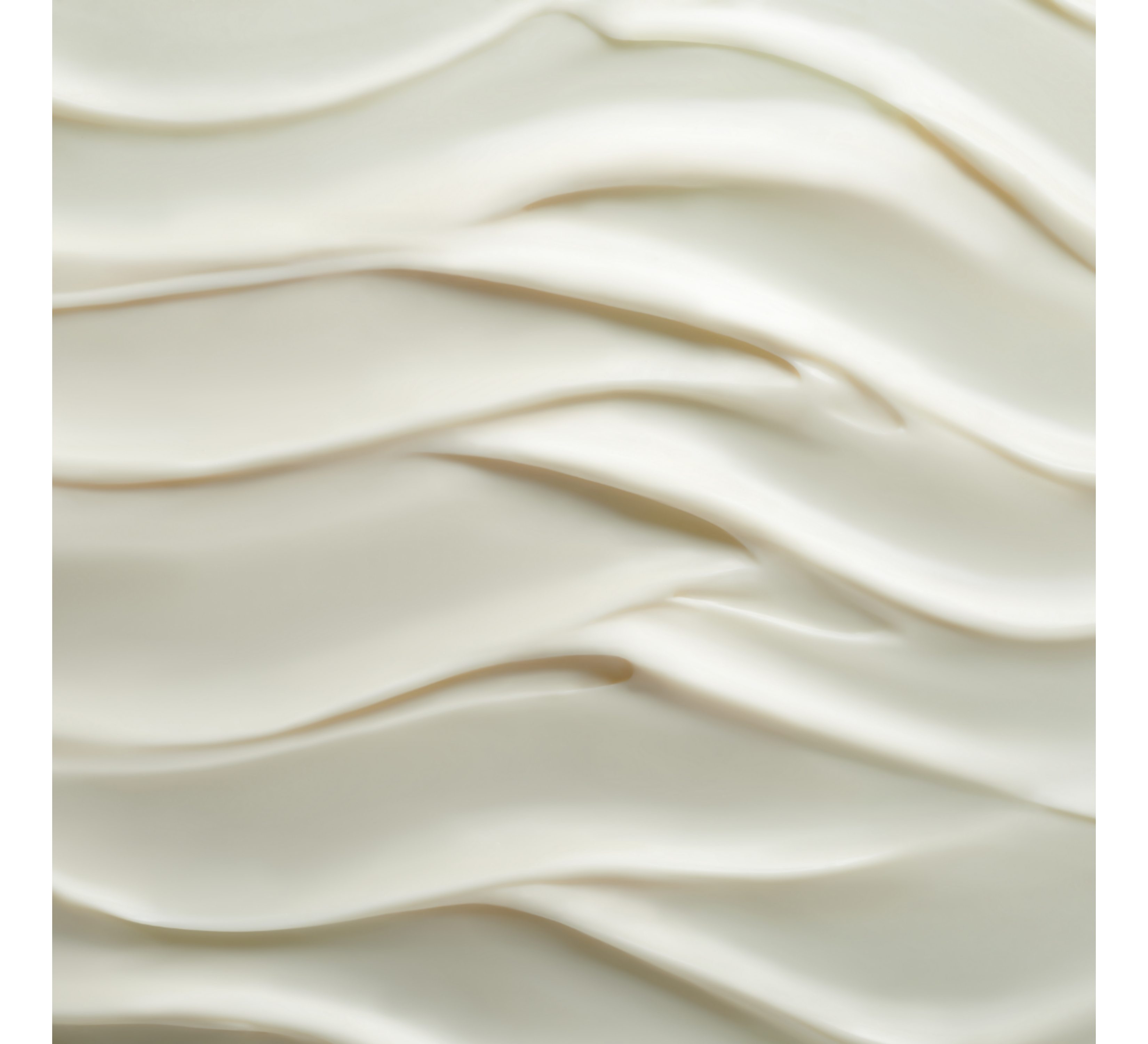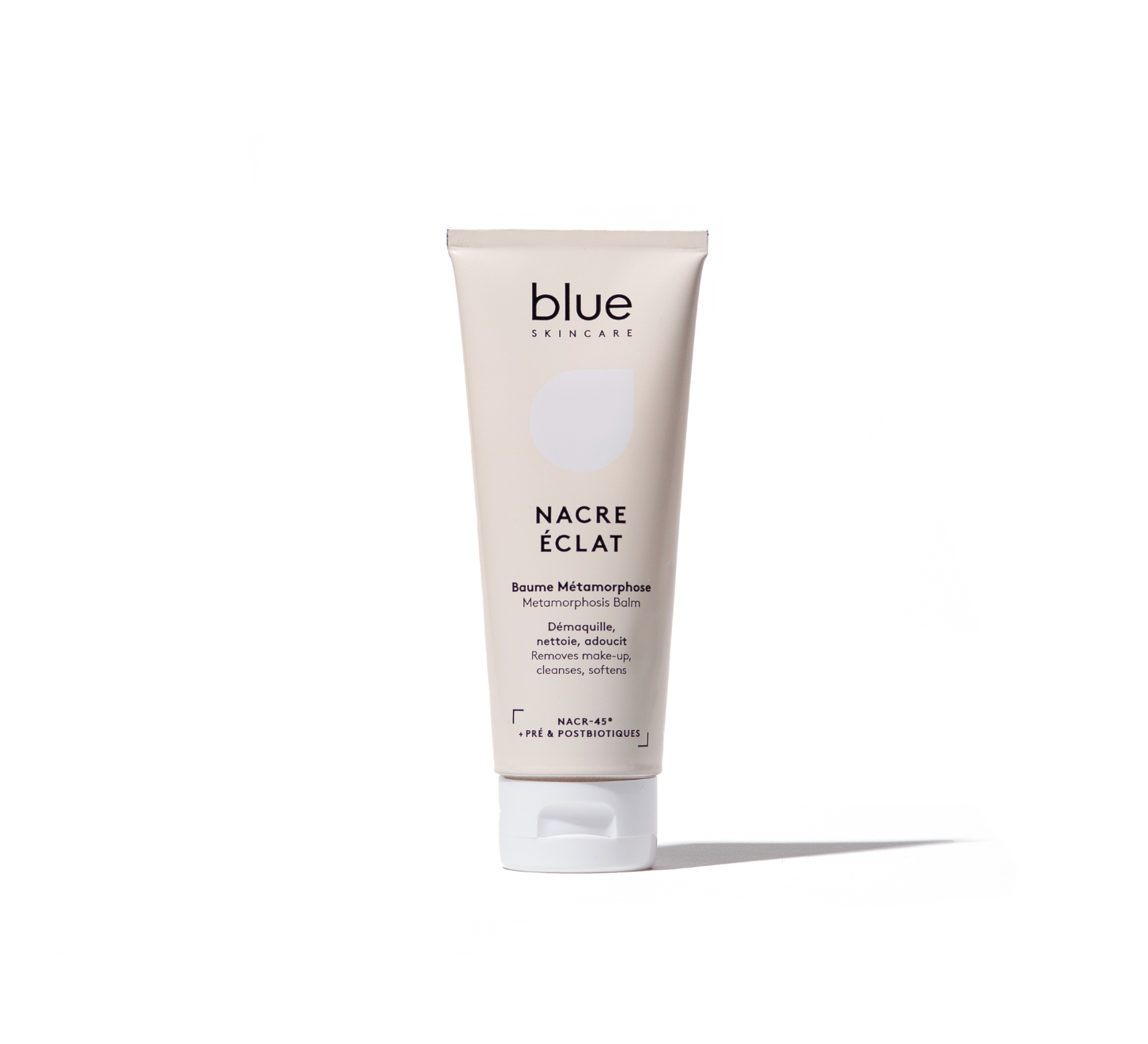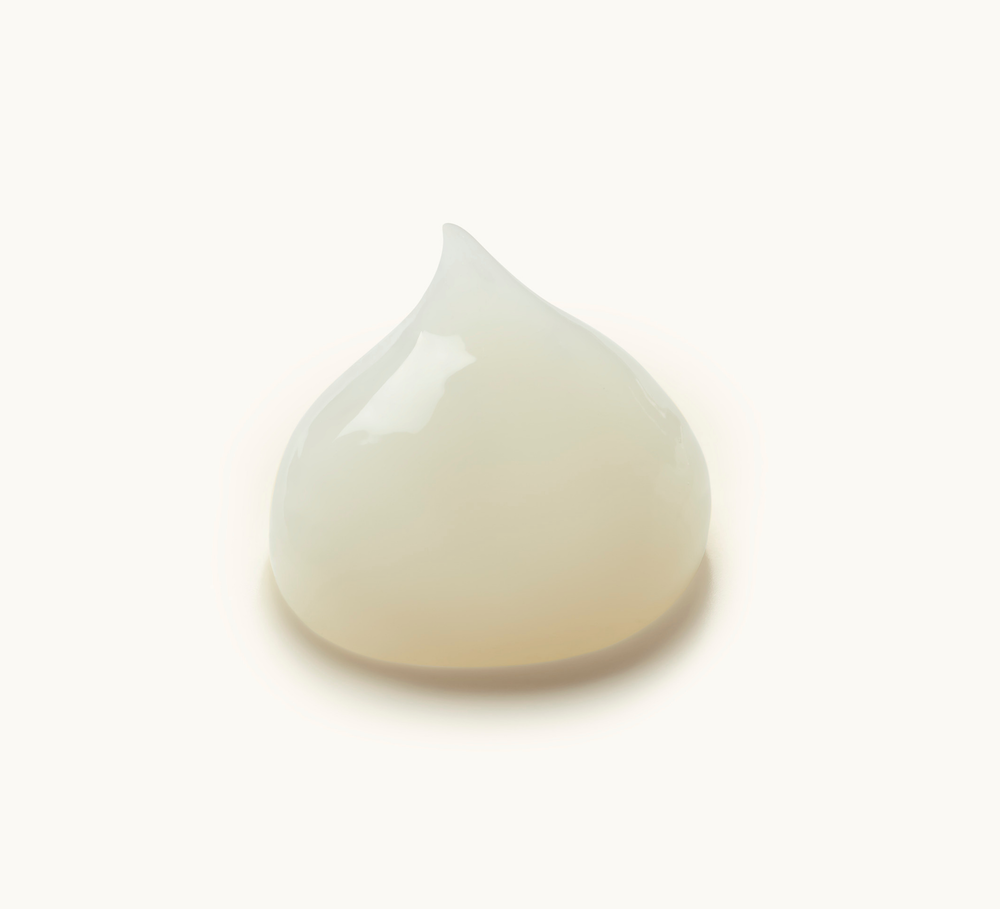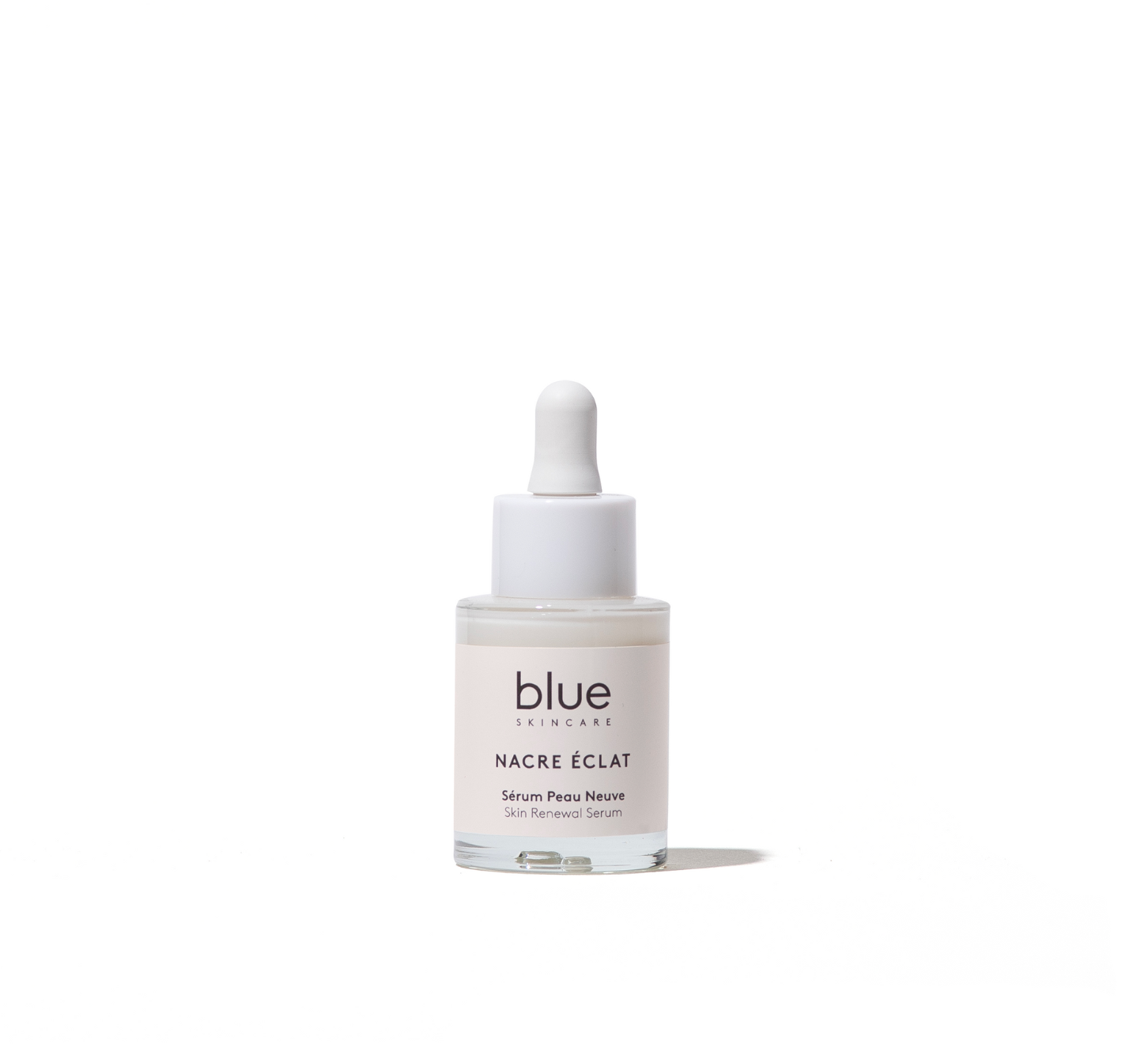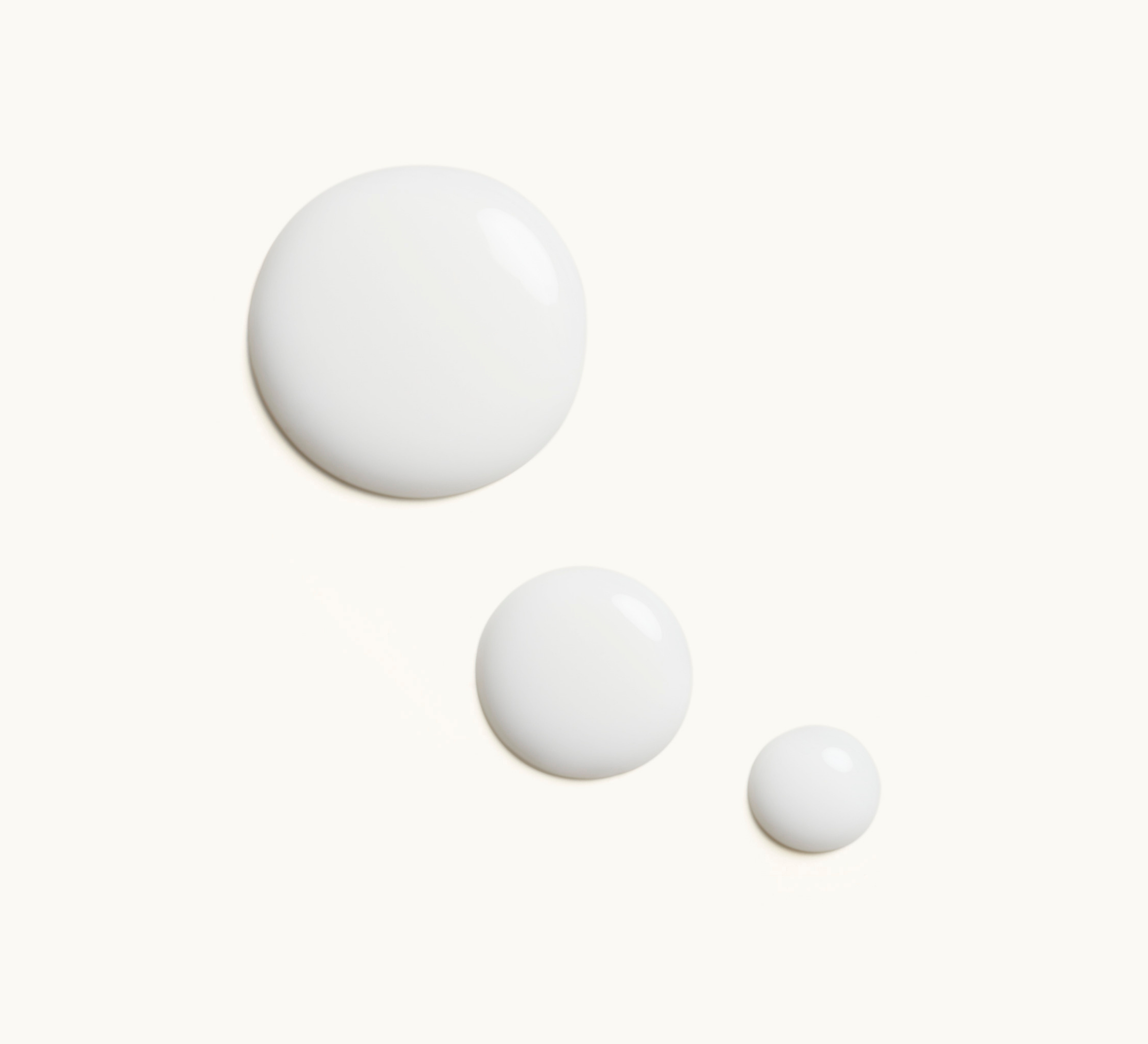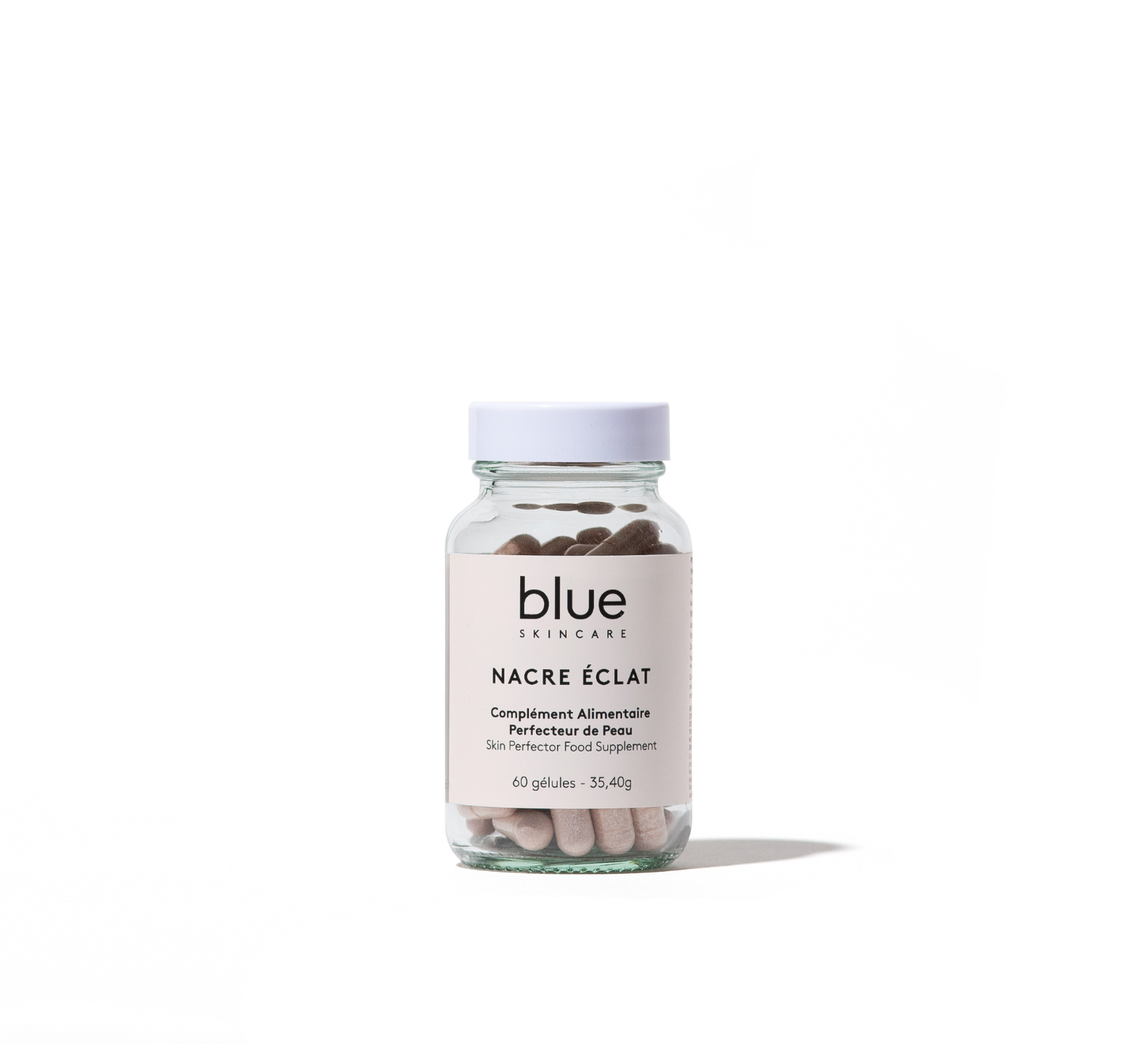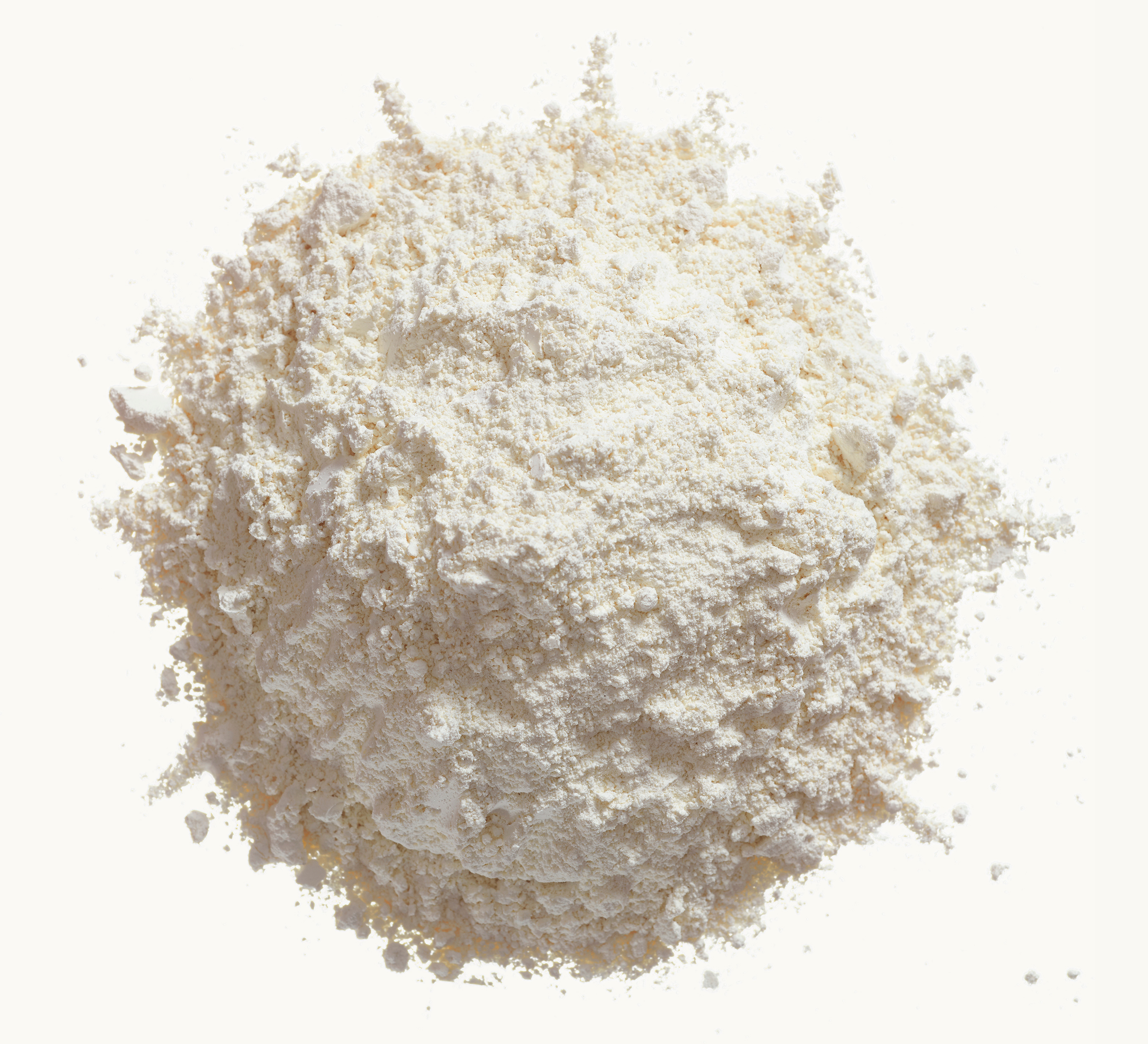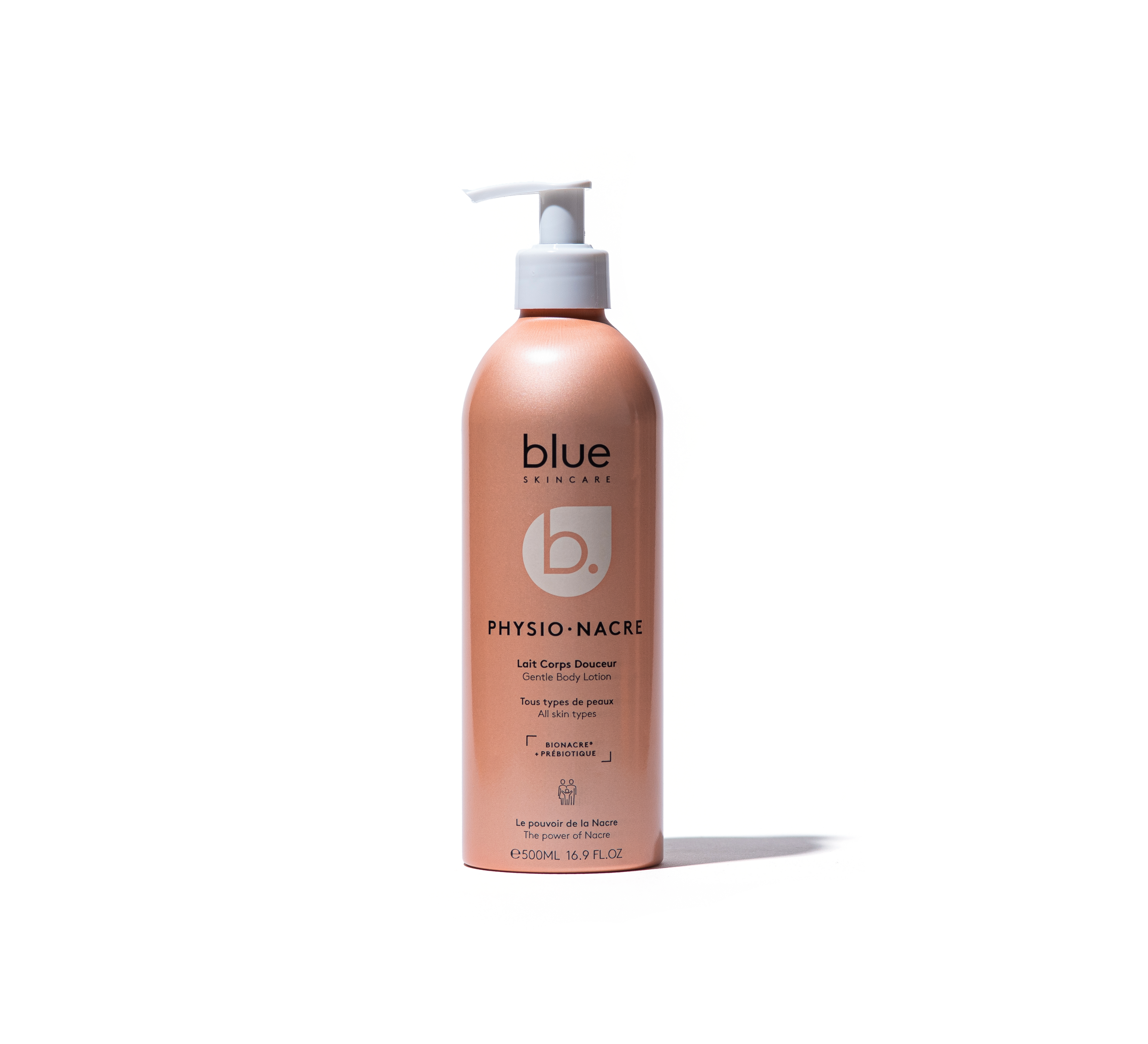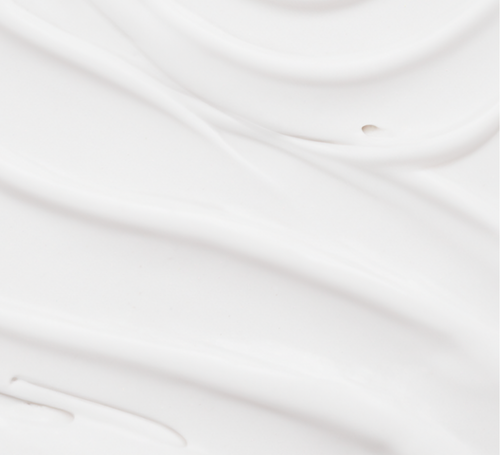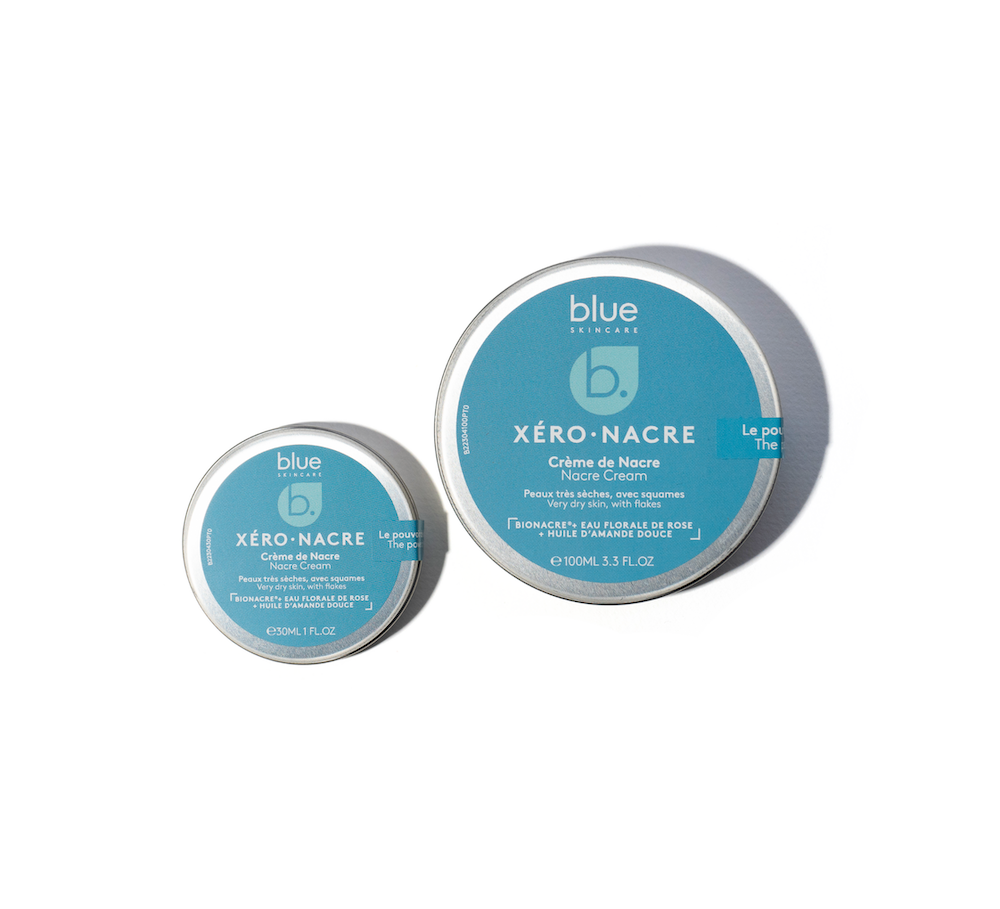Just three years ago, waterless cosmetics represented a very small part of the market and were limited to soaps and a few solid shampoos. Today, the offer includes many products (including skin care) and invades all distribution channels. But are these waterless cosmetics really Clean, that is to say more ecological, and “cleaner” for the skin? Decoding this phenomenon.
Consumer awareness and the desire for more responsible cosmetics towards the planet have pushed brands and distributors to enrich the waterless cosmetics segment. A fad or a real groundswell? What are the promises and advantages of this anhydrous cosmetic?
Water in cosmetics, a real problem
It's true, cosmetics are composed of 80% water. Looking at the INCI list (the composition) of any cosmetic product, we realize that water (aqua) is almost invariably the first ingredient. It represents approximately 80% of any cream or body milk, and rises to more than 90% for any so-called "rinse-off" product, namely shower gel, shampoo, water or cleansing gel.
Water, a diluent
In cosmetics, water can be interesting and have real beneficial effects if it is thermal water, sea water or water from glaciers, or floral water (hydrosol), because they are loaded with active ingredients (minerals, trace elements, vitamins, etc.) - and then much more complicated to include in an emulsion. Most of the time, we use simple purified running water which then plays an essential role as a solvent. It facilitates the mixing of active ingredients - often fatty substances - and reduces the greasy and shiny effects of a product. It also lightens the galenics by making them more liquid and providing a fresher and more pleasant application. Water is also the economic ally of manufacturers, who make significant savings by diluting the quantity of active ingredients in finished products. Indeed, these active ingredients are generally much more expensive than tap water.
Water = preservatives
Water is the part of cosmetic products that is most susceptible to contamination by bacteria and other microorganisms. However, there is no question of bacteriological contamination in a beauty product, which could cause irritation or allergy. This is why any cream, emulsion, cleansing milk, shower gel or shampoo requires the presence of preservatives, which are essential for its proper conservation under normal conditions of use. And this is even more true if it is a pot where we are going to dip our fingers daily, or a container that is going to stay warm and humid on the edge of a shower. But who says preservatives says "bacteria-killing" ingredients. However, some of them are now on the list of so-called undesirable ingredients, because they are suspected of being endocrine disruptors , or of causing themselves undesirable effects such as irritations and allergies. Indeed, preservatives disrupt the microbiota , largely composed of bacteria that are beneficial to the skin.
Water does nothing for the skin
Contrary to what you might think, the water contained in cosmetics does not hydrate the skin. It is the water we drink that hydrates us, as well as the active ingredients (urea, glycerin, hyaluronic acid) that prevent the water in the skin from evaporating and allow it to circulate better in the cells.
A water-intensive manufacturing process
The steps in manufacturing a beauty product require several thousand liters of water. In this case, we speak of “virtual water” of the finished product. For example, the water used in cosmetics must be free of any germs, heavy metals, bacteria or limestone, and it must always be of the same quality standard. However, the water purification process requires 4 liters of tap water to produce one liter of purified water! However, water is an increasingly rare commodity. According to Science , nearly 1/3 of the world's population is at risk of drinking water shortages due to global warming.
Waterless cosmetics, a return to basics
In vogue recently, waterless cosmetics are in fact just a sort of return to the roots of cosmetics.
Before the invention of the emulsion
Creams, serums, liquid shampoos and other water-based care products were created in the 20th century: the first cream was invented by Guerlain in 1905, the first liquid shampoo in 1927 by Schwarzkopf. The industrialization of cosmetics allowed the introduction of the emulsion, by mechanically mixing oil and water. But bar soap has existed for over 3000 years, beeswax-based care products since Antiquity and powdered shampoo since the Middle Ages. Today's waterless cosmetics are a clean, safe, ecological and economical alternative to so-called traditional cosmetics.
Waterless cosmetics, not just solids

It is obvious a priori that an "anhydrous" cosmetic does not contain water. If the mention of waterless cosmetics immediately brings to mind the many solid products recently put on the market, it takes different galenic forms. Under this name we group the simple bar of soap and all these so-called solid products (shampoos, facial cleansers and now creams, conditioners, deodorants, etc.) but also powders, from talc to toothpaste to exfoliating powders. And, we often forget, all products based on vegetable oils and butters, such as balms and ointments, makeup remover oils or body oils.
The benefits of waterless cosmetics
This form of anhydrous cosmetics meets today's wishes.
Clean formulas
“Waterless” is part of the trend for refined products, like “ gluten-free ” in food. Waterless also means preservative-free, because the more water there is in a product, the more it is diluted, the more preservatives need to be added. Without water, the microbial risk is almost zero. Oils and butters just need antioxidants so they don’t go rancid. As for powders, they often contain a maximum of ten ingredients, including clay and plant extracts or pure vitamin C.
More active formulas
Purified water, the main component of classic formulas, is inert. As a result, most products contain only 10% of truly active ingredients. Solid or powdered products are only composed of ingredients necessary for their function and effectiveness. As for oils and butters, provided that they are of plant origin, they have a better affinity with the skin's hydrolipidic film, which absorbs them perfectly, and provide it with essential fatty acids. Finally, some active ingredients that are very unstable in water-based solutions - such as vitamin C or retinol - behave much better in anhydrous formulas, such as powders. Be careful, however, with real soaps , which have come back into favor with this trend: their saponification method makes their pH very high (basic, often above 9) while the skin's pH is 5.5. These soaps are therefore not as beneficial for the skin, contrary to what we often hear. We prefer shower gels or solid washes, closer to what we call superfatted bars.
Zero waste, portable and economical products

The last obvious advantage when talking about solid or powder products: sold in bulk or with minimal packaging, they limit over-packaging, waste and plastic pollution . Unlike the millions of bottles of shampoo and shower gel thrown away each year, they are simply packaged in recycled and recyclable cardboard or in a reusable metal box. And even if they require a plastic or glass box - like deodorants or oils and balms - the fact that they have a smaller capacity reduces both the quantity of material and the carbon footprint. Thus, a solid cleanser requires 20 times less energy to produce than a classic shower gel or shampoo. Not insignificant, we also save space in the bathroom and in the toiletry bag. These are nomadic products par excellence when we travel or have done sport.
Moreover, their concentration is an economic advantage. For example, a solid shower gel is equivalent to three classic 250 ml bottles and a toothpaste tablet is equivalent to two tubes.
The false promises of waterless cosmetics
Waterless cosmetics are not always the panacea.
Sometimes neither minimalist nor natural
We can believe - and some brands make it a strong marketing argument - that these products free of water are also free of any superfluous ingredients, and are minimalist. If this is the case for some, we also find balms or solid products with super long INCI lists, up to forty ingredients. Similarly, without water does not necessarily mean that these products are always natural or organic . We find body butters containing paraffins, oils with silicones or mineral oils, solids with hydrogenated oils ... It is therefore essential to look at the list of ingredients (INCI) of water-free products, especially if you are looking for Clean Beauty products, labeled Nat or Bio.
Solid cosmetics that contain water?
When we look closely at the composition of shampoos and other solid cleansers, we notice that the vast majority still contain water. It is sometimes mentioned at the end of the INCI list, often as the first or second ingredient – especially for products sold in supermarkets – even if it remains in much smaller quantities (10 to 20% instead of 80% in a classic cosmetic).
False solids
The latest trend? Waterless shower gels, in the form of sticks, tablets or pebbles, to be dissolved during the first use, i.e. to which you have to add tap water! So, yes, since the water only arrives at the end of the process, we significantly reduce the carbon footprint on transport. But the term waterless cosmetics is misleading in this case. Nevertheless, they are ecological because they are offered in reusable and plastic-free bottles: glass.
Waterless cosmetics, and particularly solid cosmetics, are very fashionable, wearing ecological and natural clothes. It is true that they save a large amount of water, reduce packaging and replace plastic with paper, cardboard, or glass, and drastically reduce the transport footprint (and even save space on shelves and in the bathroom). The fact remains that sensoriality (and the hair result) is not always there . In some cases, storytelling prevails over the quality of the formulas. But we are probably only at the beginning of a long story.
